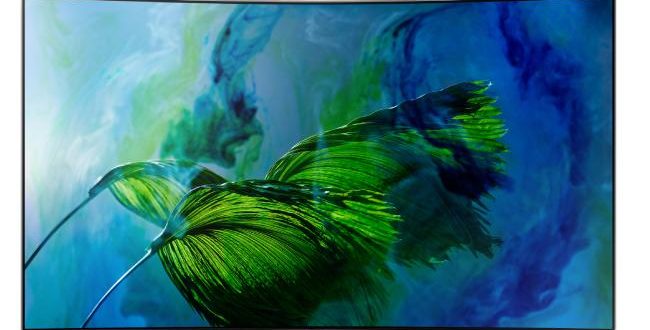There have been changes surrounding Samsung high-end TVs. They are no longer called Super UHD TVs, rather they are QLED sets — the Q standing for “quantum dot” technology.
QLED sounds a lot like rival LG’s OLED, which means “organic light-emitting diode”, but it’s a totally different thing.
LG’s OLED displays have a carbon-based electroluminescent layer that produces both light and intense colour and, in my view, have been the best. Samsung displays are LCD, but with lots of tweaks that Samsung has added, it’s seeking to be as good as OLED.
There’s a new version of the Quantum dot technology that Samsung says shows deep blacks and rich detail regardless of how light or dark the scene is. It says these sets display colour space equal to exceptional colour accuracy at any levels of brightness.
I concur that picture sharpness, colour and clarity look great, including in darker and brighter scenes. I watched an ultra HD Blu-ray version of Deepwater Horizon, a recount of the US’s worst oil rig disaster. There’s a lot of super-bright explosions when the oil rig goes up in flames and eerie darkness when the power cuts out and workers desperately seek one another on the lower decks. I never thought I was missing detail. The incandescent colours of the rig fire was a spectacle to remember.
But to get the best picture quality, you must have your ducks in a row. You need Blu-ray versions of movies with the top 4K resolution, with high dynamic range that even out the contrast over different brightness levels. Finally, you need a 4K Blu-ray player and great audio.
If you’re watching free-to-air TV, or streamed content, you can get a great picture but it isn’t as good as when you experience the full blown 4K HDR Blu-ray experience.
There are three ranges of QLED: the Q7 flat TV and Q8 curved TVs come in 55-inch, 65-inch and 75-inch models, and the premium Q9 sets are available in 65-inch, 75-inch and 88-inch screen sizes. The cheapest Q7 costs $4499 and the most expensive Q9 TV is $39,999.
I see huge potential in the new connector box that comes with the QLED range. There’s only two inputs to the TV — a power cord and a translucent, hard-to-see 5m optic cable that links the TV to the connector box. You can hide all the cords in a TV cabinet. The connector box links to your Blu-ray player, games consoles and other peripherals. If they’re housed in the cabinet too, your cables are out of sight.
With only a power cord and the translucent cable to contend with, it becomes easier to mount these TVs on the wall as you won’t need to link other connectors. The ultimate would be not to need a power cord — but not yet possible with Samsung.
This unit comes with a single 10-button remote control. Metallic and slimline in appearance, it can also operate connected devices such as the Blu-ray player and Xbox One console, along with the sound bar volume.
It’s good to control everything from one remote. You can use voice commands to pause, fast forward or rewind a movie, or search for content, but the TV must be online. At one stage I didn’t have internet connectivity and voice commands ceased to work.
Press the home button and you invoke the smart hub, a band across the bottom of the screen that displays your most used apps, along with settings, sources and search. It’s more intuitive and simpler to use this time around. Sources are shown by name and easy to select.
I like Samsung’s display quality but I still feel it’s hard to beat OLED. But other features — the connector box, easy mounting, a single remote and the intuitive smart hub — may convince you to buy a Samsung 2017 QLED set ahead of the rest.
Chris Griffith stayed at the Old Clare Hotel in Sydney courtesy of Samsung Australia.
Reader comments on this site are moderated before publication to promote lively and civil debate. We encourage your comments but submitting one does not guarantee publication. We publish hundreds of comments daily, and if a comment is rejected it is likely because it does not meet with our comment guidelines, which you can read here. No correspondence will be entered into if a comment is declined.





